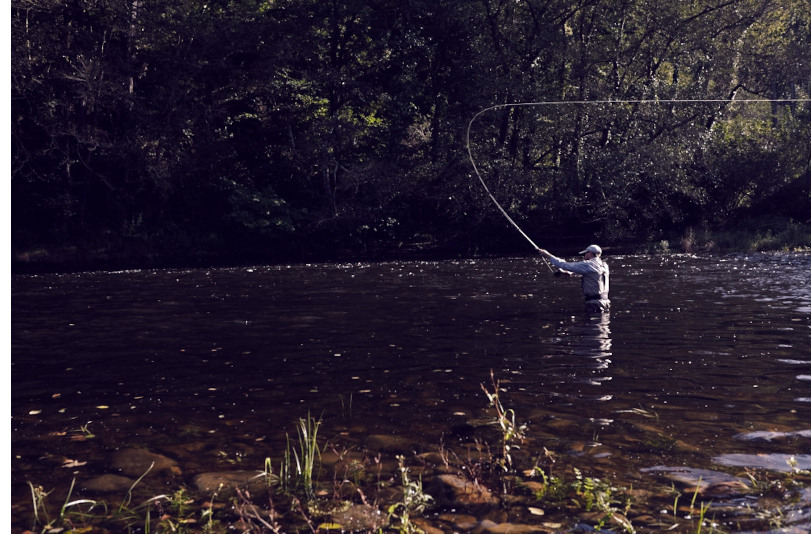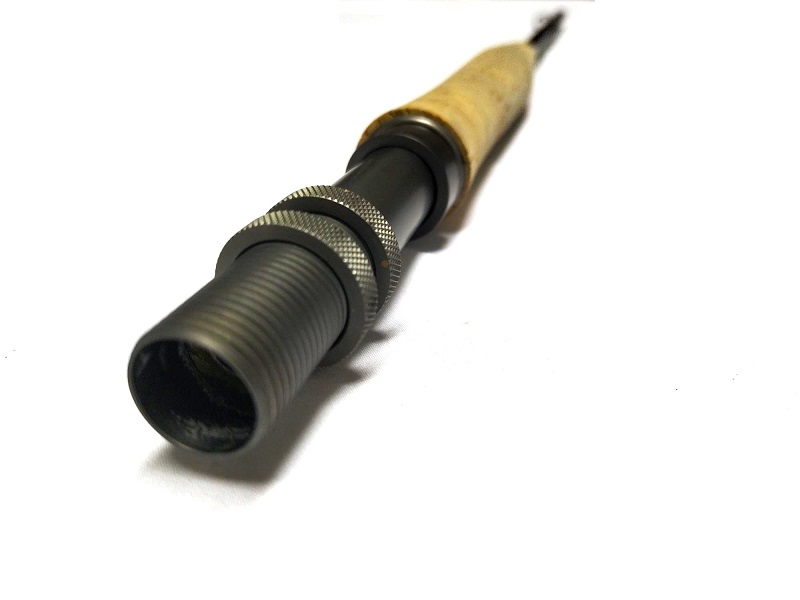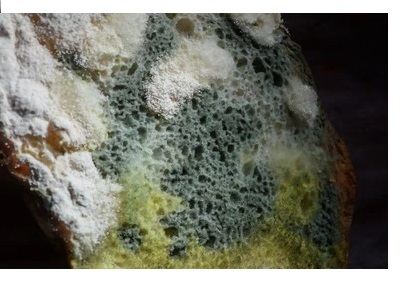Tips
Maintenance tips
Your rod is not a living being, but sometimes it seems that way. Its action changes over time and its components age. The sections begin to come loose and the corks deteriorate... In this section we will give you a series of guidelines and advice to properly preserve your MAXIA rod.:
The action of the rod has been modified
On some occasions we can observe that the action of the rod has been changing. The rod becomes slower and stubborn. This may be a normal "aging" effect of the reed. The blank of your rod is made up of longitudinal carbon fibers. With use, these fibers break down little by little. When these fibers break, the cane tends not to recover from bending with the same force, since the number of fibers that work is reduced. But this may not be the reason for this variation in the rod's response, especially if it is a rod that is not too old. IF by accident, or intentionally, we introduce the rod into the water, it can end up getting inside. Due to the normal casting motion and also capillary action, these small amounts of water can end up in the prop. Just a couple of grams of water on the tip of the rod can be a very considerable extra weight. Do the test. Place a few wraps of masking tape on the strut and then test the rod. You will notice a big difference in its action. To remove the water from the prop, we will hit the plug part against a flat surface repeatedly. After several strokes, the water will begin to come out in small drops. We will repeat until the water stops coming out. You will notice the difference.

Loose reel seat cap
One of the most common problems that can occur with your MAXIA rod is that the cap on the reel seat comes loose. To prevent this from happening, the first thing we must do is avoid knocks on this piece. Many times we leave the rod abruptly on the ground. If the plug hits a rock or other hard object, the adhesive may break and the plug may come loose. If the cap is not lost, it is quite easy to glue it back on. To do this, you must use an epoxy-type adhesive, avoiding in any case cyanoacrylates, which will break again in a short period of time due to their crystalline structure. If you unfortunately lose the cap, don't worry. We can replace it. To do this, contact our customer service.

Don't Store Your Rod Wet
It may seem obvious that it should not be done, but the large number of wet rods that are sent to us for repair is striking. Beyond the unpleasant damp smell, it is advisable not to store our rods in these conditions because humidity is a great enemy of one of the components of your rod: the handle. Cork is a natural product that can be attacked by molds and bacteria that occur in a humid and possibly hot environment such as the closed interior of a reed tube. The deterioration of cork can be very striking. Another serious drawback is that some synthetic materials such as the fabric used in rod covers can be attacked by certain molds that can produce toxic substances by inhalation. If you find your rod cover moldy inside the tube, don't hesitate: throw it away.


